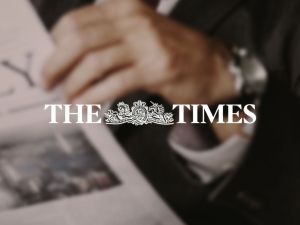Soaring inflation, an ongoing banking crisis and the possibility of easing on monetary policy tightening: it’s a difficult tangle for the Fed to unravel, but one which could be improved by the latest inflation data published in April, which showed a growth of 4.9% on an annual basis (vs. 5% expected), registering the smallest increase since April 2021.
A few weeks ago the US central bank had decided to confirm its economic policy by raising the cost of borrowing by a further 25 basis points, taking rates to between 5% and 5.25%, the highest level since 2007. Despite this move, however, the Fed also underlined that it could pause the hike cycle, given the latest pressures on the economy. However, this door always remains open in the event that inflation accelerates again.
Current pain points for the Fed are:
Inflation – This has always been the main enemy the Fed has been fighting for more than the past year. This is a battle that is also continuing into 2023, despite the repercussions caused by aggressive monetary policy, not only in the economy generally but the American banking sector in particular.
The latest data from April is not so bad. In fact, there was a monthly variation of 0.4%, as expected and the consumer price index, on an annual basis, showed an increase of 4.9%. Inflation, however, continues to remain stubbornly high and almost impervious to the Fed’s efforts to try to reduce it. Since March 2022, the US central bank has in fact implemented 10 consecutive interest rate hikes, a total of 5 percentage points, effectively bringing the benchmark lending rates to the highest levels seen in the last 16 years.
The banking crisis – March signalled the start of the current banking crises in the States. The first to fail was Silicon Valley Bank (SVB), followed by Signature Bank, which was closed by the authorities. In Europe, Credit Suisse, acquired by UBS, and Deutsche Bank, brought tension to the markets. And finally the First Republic Bank, the 14th largest bank in the US financial sector, suffered the same fate, only to be bought by JP Morgan. These crises have caused a great deal of concern for both the US banking system and the Fed.
The latest data, therefore, seems to have alleviated investors’ concerns that inflation is here to stay. The data remains high, but investors see a very marked trend that could allow the Fed to remove price trends in the variables to monitor in determining monetary policy, at least in the coming months.
Although the governor of the Fed, Jerome Powell, has repeatedly stated that monetary policy will depend on the data, in reality the markets are now betting on the fact that the Fed can go back to cutting rates if it deems it appropriate, to cope with any economic slowdown or any further negative developments in the ongoing banking crisis.
This type of outlook undoubtedly favours equities and other riskier asset classes, which will once again benefit from the so-called ‘Fed put’ which offers a boost to these types of instrument, while, on the other hand, it blocks a possible pathway to interest rate hikes.
The scenario above supports Moneyfarm portfolios, both in terms of the positive impact of the assets benefitting from this context, and for the potential decorrelation between equities and bonds which would be created from more extreme scenarios. This decorrelation, once we remove inflationary pressures, would represent real positives for multi-asset portfolios.
*As with all investing, financial instruments involve inherent risks, including loss of capital, market fluctuations and liquidity risk. Past performance is no guarantee of future results. It is important to consider your risk tolerance and investment objectives before proceeding.





